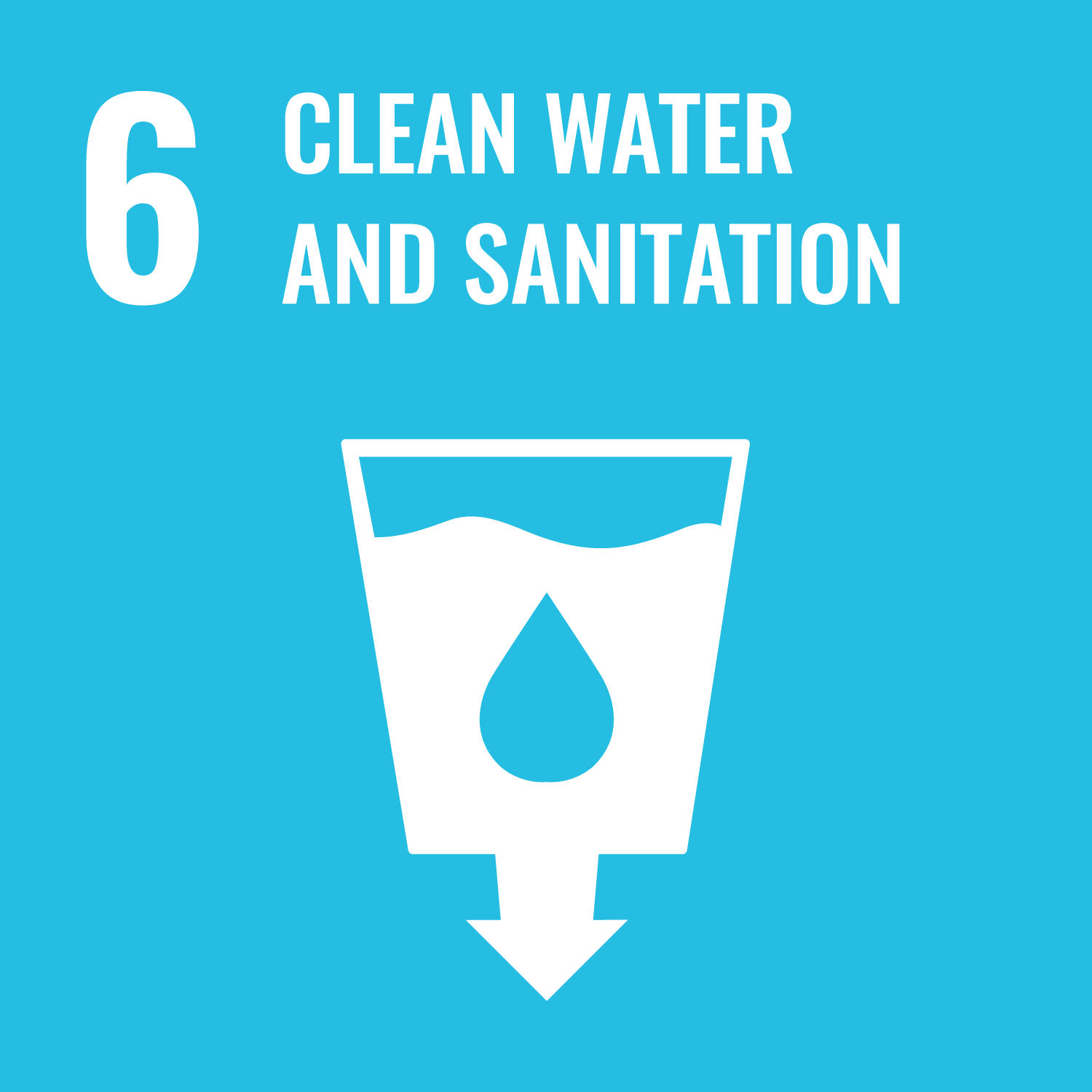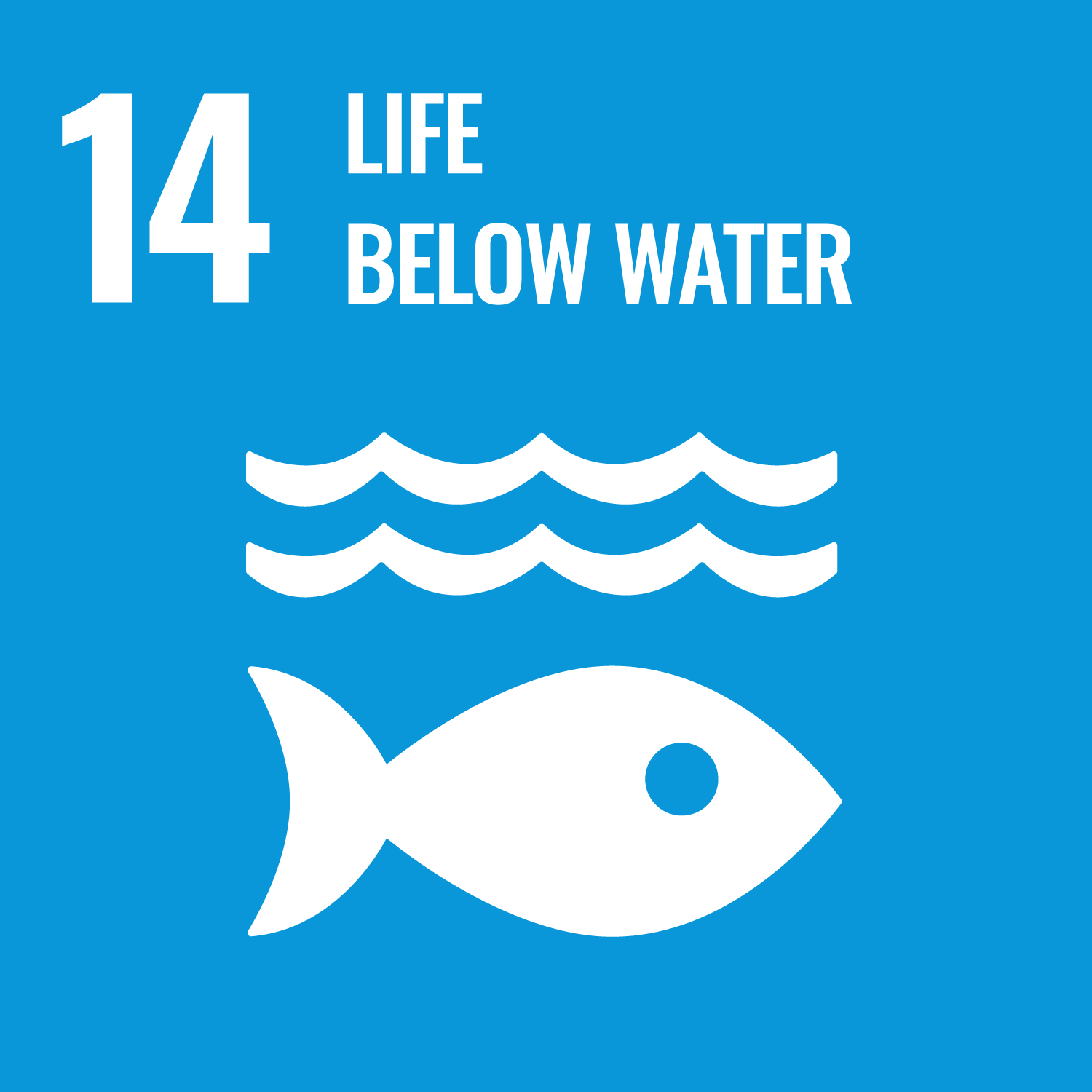ORCID
- Mick E. Hanley: 0000-0002-3966-8919
Abstract
Aim: Topographic complexity is widely accepted as a key driver of biodiversity, but at the patch-scale, complexity–biodiversity relationships may vary spatially and temporally according to the environmental stressors complexity mitigates, and the species richness and identity of potential colonists. Using a manipulative experiment, we assessed spatial variation in patch-scale effects of complexity on intertidal biodiversity. Location: 27 sites within 14 estuaries/bays distributed globally. Time period: 2015–2017. Major taxa studied: Functional groups of algae, sessile and mobile invertebrates. Methods: Concrete tiles of differing complexity (flat; 2.5-cm or 5-cm complex) were affixed at low–high intertidal elevation on coastal defence structures, and the richness and abundance of the colonizing taxa were quantified after 12 months. Results: The patch-scale effects of complexity varied spatially and among functional groups. Complexity had neutral to positive effects on total, invertebrate and algal taxa richness, and invertebrate abundances. However, effects on the abundance of algae ranged from positive to negative, depending on location and functional group. The tidal elevation at which tiles were placed accounted for some variation. The total and invertebrate richness were greater at low or mid than at high intertidal elevations. Latitude was also an important source of spatial variation, with the effects of complexity on total richness and mobile mollusc abundance greatest at lower latitudes, whilst the cover of sessile invertebrates and sessile molluscs responded most strongly to complexity at higher latitudes. Conclusions: After 12 months, patch-scale relationships between biodiversity and habitat complexity were not universally positive. Instead, the relationship varied among functional groups and according to local abiotic and biotic conditions. This result challenges the assumption that effects of complexity on biodiversity are universally positive. The variable effect of complexity has ramifications for community and applied ecology, including eco-engineering and restoration that seek to bolster biodiversity through the addition of complexity.
DOI Link
Publication Date
2020-10-20
Publication Title
Global Ecology and Biogeography
Volume
30
Issue
1
ISSN
1466-822X
Acceptance Date
2020-09-17
Deposit Date
2024-06-11
Embargo Period
2021-10-20
Additional Links
Keywords
bays, benthic, biodiversity, breakwaters, eco-engineering, estuaries, intertidal, seawalls, tile, urban
First Page
140
Last Page
153
Recommended Citation
Strain, E., Steinberg, P., Vozzo, M., Johnston, E., Abbiati, M., Aguilera, M., Airoldi, L., Aguirre, J., Ashton, G., Bernardi, M., Brooks, P., Chan, B., Cheah, C., Chee, S., Coutinho, R., Crowe, T., Davey, A., Firth, L., Fraser, C., Hanley, M., Hawkins, S., Knick, K., Lau, E., Leung, K., McKenzie, C., Macleod, C., Mafanya, S., Mancuso, F., Messano, L., Naval-Xavier, L., Ng, T., O'Shaughnessy, K., Pattrick, P., Perkins, M., Perkol-Finkel, S., Porri, F., Ross, D., Ruiz, G., Sella, I., Seitz, R., Shirazi, R., Thiel, M., Thompson, R., Yee, J., Zabin, C., & Bishop, M. (2020) 'A global analysis of complexity–biodiversity relationships on marine artificial structures', Global Ecology and Biogeography, 30(1), pp. 140-153. Available at: 10.1111/geb.13202



